Here is my entry for the ground attack aircraft challenge, a fictional carrier-capable attack/close air support plane, loosely inspired by the de Havilland Vixen. It's been a while since I did a build, but this contest inspired me.
Controls:
Activation group 7 + left slider up to fold wings
Activation group 6 to deploy parachute brakes
Activation group 5 toggles navigation lights on and off
Fictional history:
In the aftermath of World War II, air forces were quick to recognise that prop-powered fighters were obsolete and needed to be replaced with new, jet-powered fighters. This was a particularly difficult challenge for carrier-based fighters – jets were faster and more difficult to control at slow speeds, making carrier landings particularly difficult. The GP-223 Viking was developed in the 1950s as part of the second generation of naval fighter jets.
While supersonic fighters were becoming a real possibility for land-based fighters, it was considered too risky to attempt to develop a supersonic fighter that could also operate from a carrier. Because of this, the Viking was designed meet a specification for a fighter to operate at transonic and high subsonic speeds. To achieve this performance, a twin-engine design was necessary, but this presented its own problem – an engine failure on a twin-jet plane would lead to asymmetric thrust, making a carrier landing nearly impossible. To avoid this, a twin-boom design was chosen, allowing both engines to be mounted as centrally as possible, minimising the off-centre thrust effect if one were to fail in flight. To assist with carrier landings, the Viking was also designed to have a slow stall speed, allowing low-speed approaches for carrier landings and minimising the distance needed to stop. Testing of the prototype showed this was a considerable challenge, so both air brakes and braking parachutes were added as standard, allowing the Viking to operate even from the short flight deck of the older Tiny-class carriers.
On the upside, the engines available exceeded expectations. As the testing of the prototypes took place, the performance turned out to be higher than anticipated – although the Viking could not achieve supersonic speeds in level flight, it was capable of breaking the sound barrier in a powered dive. Of course, pilots were discouraged from doing so except in an emergency, as there was concern the strain of going supersonic could damage the aircraft.
Once in operation, the Viking showed itself to be a reliable and capable fighter. With 8 installed wing guns and 12 weapon hardpoints, it presented a significant aerial threat. Long-range operations were possible on its own internal fuel stores, and it was also equipped for air-to-air refuelling via a probe mounted at the front of the left boom. The large cockpit carried a crew of two, pilot and co-pilot, allowing them to trade off responsibility and take it in turns to rest on long flights.
The Viking served as a main fleet fighter until the end of the 1960s, after which they began to be phased out of service in favour of newer, faster fighters designed to operate from the new, larger Beast-class carriers. Although the Viking no longer had the performance to be a main fighter, it was still a proven and well-liked plane. The experience of the USA in Vietnam showed that wars were not necessarily going to be fought head-on, and that close air support was valuable when facing the kind of guerrilla/insurgent/asymmetric combat seen there. The Viking turned out to be highly suited to be adapted for ground attack and close air support. The multiple hardpoints that had allowed it to carry a significant air-to-air weapon loadout could easily be reconfigured to carry air-to-ground munitions. The good fuel capacity and slow stall speed allowed considerable loiter time, enabling it to lurk near danger areas until needed. Being designed for carrier use not only allowed it to be deployed from carriers, but also gave it the kind of STOL performance and ruggedness required for operating from improvised airstrips. Finally, its fighter heritage made it less vulnerable to anti-air attack. It had the speed to run towards friendly fighter cover if enemy fighters were detected on radar, and stood a reasonable chance of evading surface-to-air missile attack through a combination of its fighter agility and already installed chaff and flare countermeasures.
Seeing how effective the Viking was in this kind of ground attack role, the Navy re-adopted it as an anti-ship strike plane. Once again, the hardpoints were used, allowing torpedoes to be mounted as well as bombs, rocket pods and missiles. The one seen here is carrying a loadout that is more than sufficient to destroy two Tiny-class aircraft carriers.
Specifications
General Characteristics
- Predecessor [CLOSED]Ground Attack Aircraft Challenge
- Created On Windows
- Wingspan 54.3ft (16.5m)
- Length 42.2ft (12.9m)
- Height 11.9ft (3.6m)
- Empty Weight 4,589lbs (2,081kg)
- Loaded Weight 20,557lbs (9,324kg)
Performance
- Power/Weight Ratio 1.093
- Wing Loading 28.2lbs/ft2 (137.6kg/m2)
- Wing Area 729.4ft2 (67.8m2)
- Drag Points 4374
Parts
- Number of Parts 345
- Control Surfaces 8
- Performance Cost 1,383

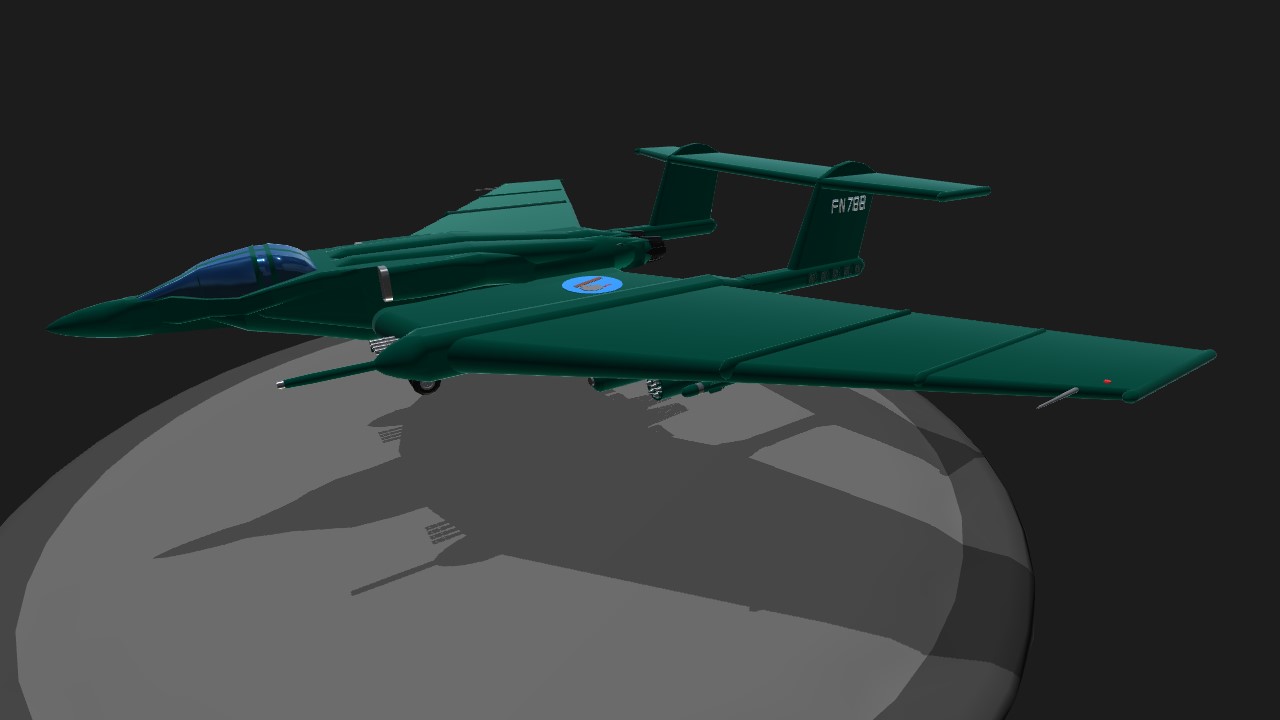
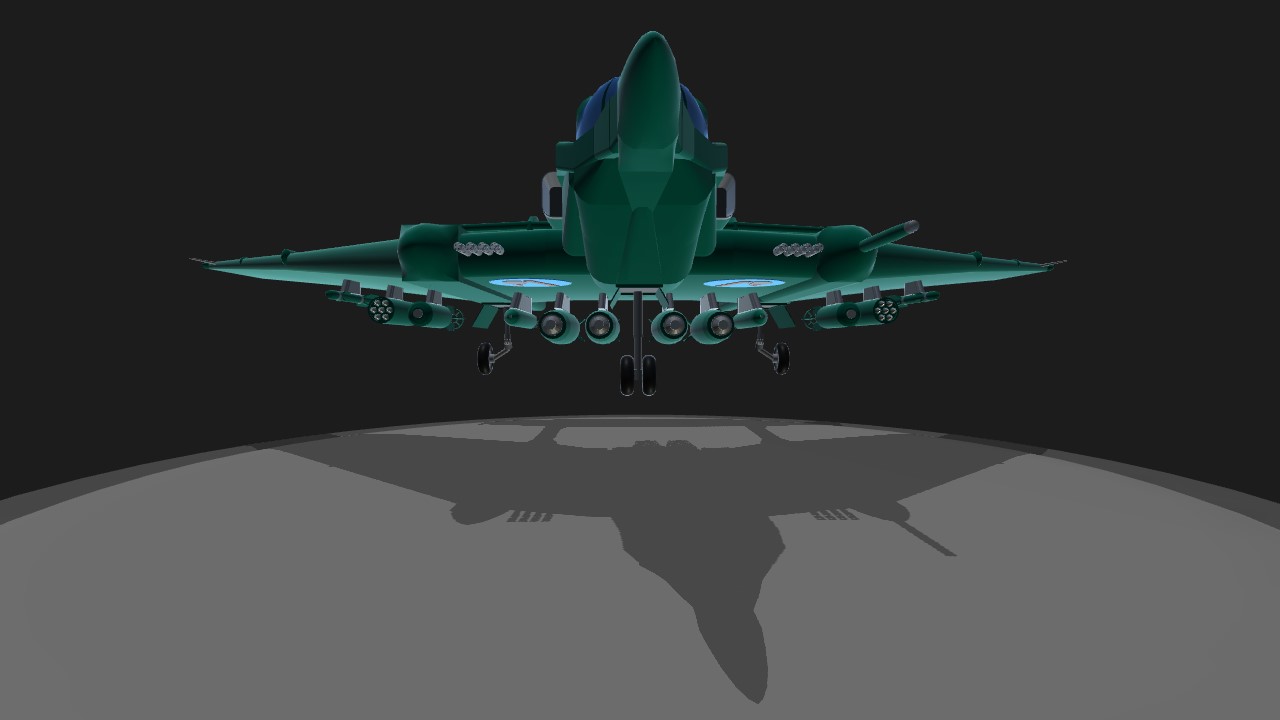
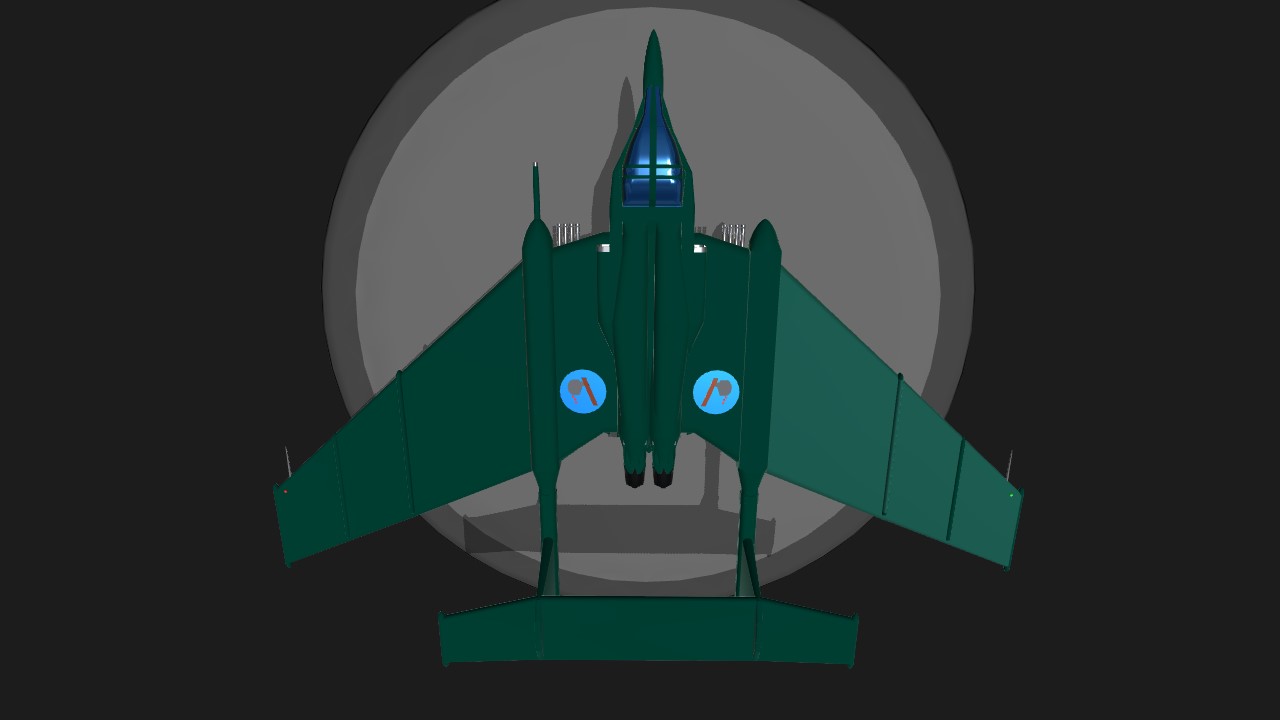
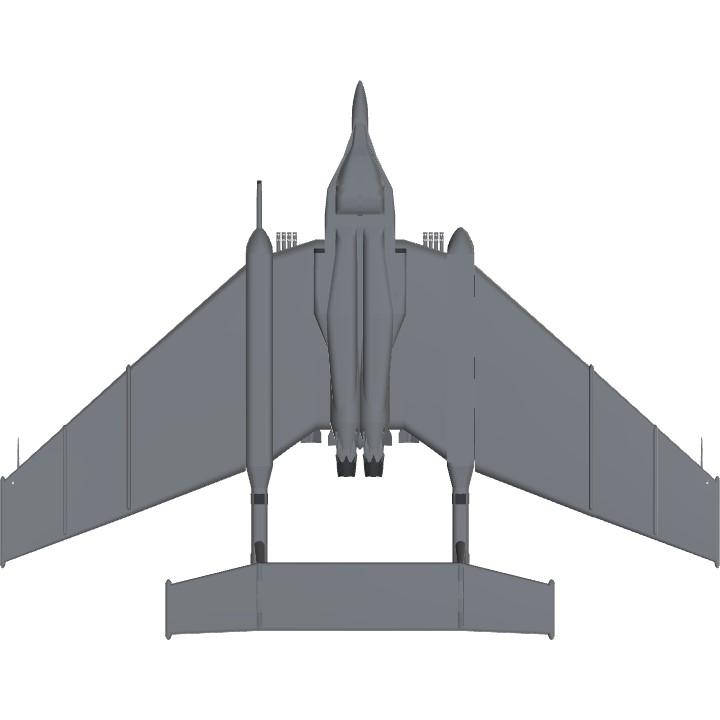

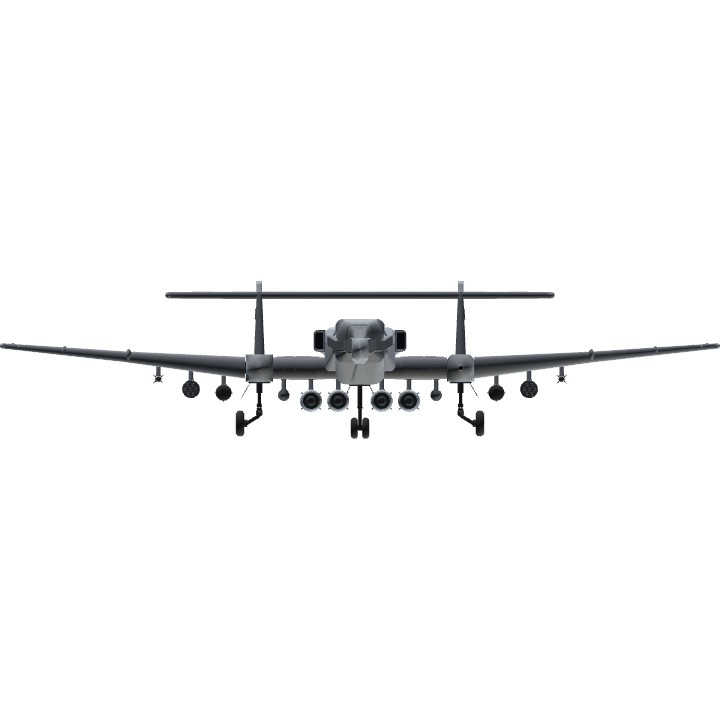
Or make the GPM-64!
Request: Make the GP-224!
love the effort put into the description bro!